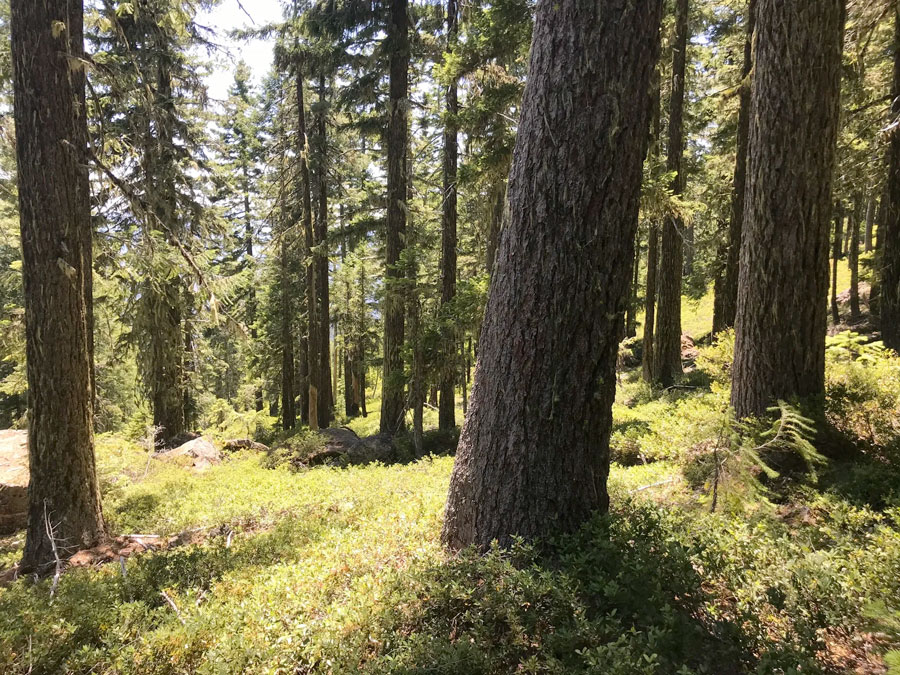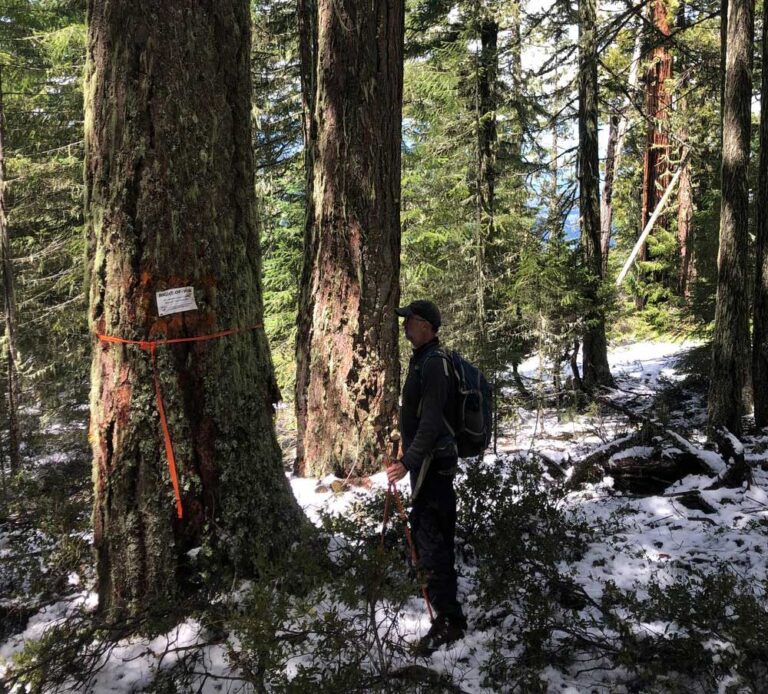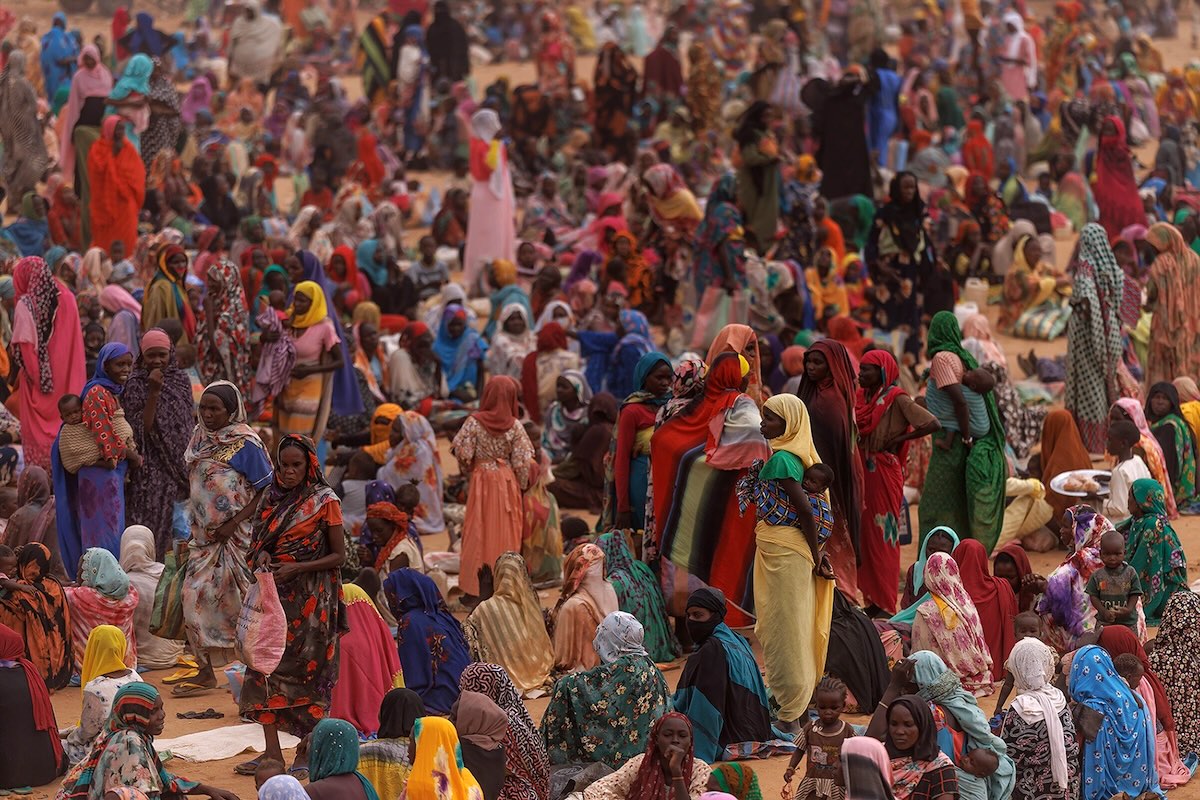By Kerul Dyer
Concerned residents from across the valley protested at the Bureau of Land Managment (BLM) office in Medford Monday to stage their strong opposition to the Late Mungers Project, which threatens old growth forests and sounds the alarm bell on limiting public input on future logging projects in the District. The controversial project would do nothing to help curb fire risks for the neighboring Williams community and could create “clearcuts larger than two football fields in size.”
That’s according to longtime forest advocate George Sexton at KS Wild, who explains that the Late Mungers project is one of several proposed plans under the agency’s Integrated Vegetation Management (IVM) logging program:
“Through the Integrated Vegetation Management timber program the BLM intends to convert existing late-successional forests located in Late Successional Reserves into “open seral” stands devoid of forest tree canopy cover. In other words the timber sales are designed to eliminate old-growth forest habitat.”

What’s more, the IVM program intends to bypass legal requirements for environmental assessments and public participation in projects with a clever, if illegal, workaround.
“The primary point of the IVM logging program is for BLM timber planners to avoid environmental analysis and public participation when planning old-growth timber sales in the Late Successional Reserve land use allocation,” Sexton wrote on KSwild.org. “We believe that BLM public lands management would benefit from more public involvement, not less.”
For people who live in Williams, the threats of wildfire harming their community are very real, especially because of the dense plantation forest areas directly adjacent to farms and rural residents. Many families depend on healthy creeks and forest ecosystems for their livelihoods and see the potential threat of liquidation logging both now and in the future. Willliams Community Forest Project has worked for years to restore and steward forests recovering from clearcuts, by working as neighbors for the greater good.
“There is a widespread desire among many of the BLM’s neighbors to work together to protect forest and watershed values in the region,” continued Sexton. “Unfortunately, the IVM old-growth logging program makes it clear that some BLM timber planners still don’t see the forest for the trees.”
According to planning documents and written priorities the Late Mungers project would enhance “special species” habitat including the Northern Spotted Owl. This rhetoric is common and has been the topic of many campaigns against harmful logging projects across the Medford District in the past.
Late Mungers project maps, as well as relevant and timely materials about the project and the IVM timber program can be found at protectmungers.org and Medford BLM’s project page.


